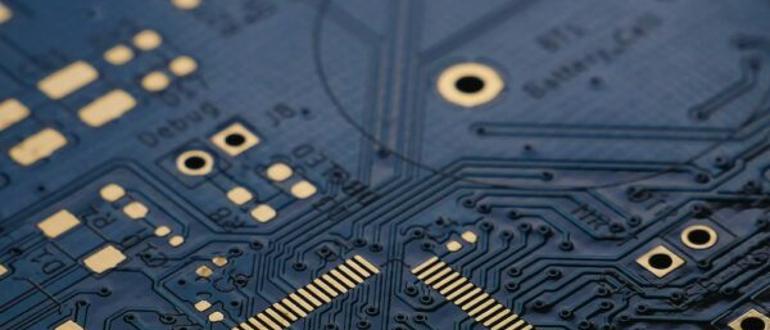
In a potential major step forward for processor chip energy efficiency, Efficient Computer has unveiled the Electron 1 processor, a programmable chip that it claims yields up to 100x improvements in energy consumption over traditional low-power CPUs.
The company’s claim of such revolutionary energy efficiency is remarkable, given that it was just founded in 2022 and has under 50 employees, based on its LinkedIn page. Indeed, this is the first standalone processor released by Efficient Computer, a chip startup based in Pittsburgh. The firm received $16 million in funding in 2024, a modest sum by tech standards.
The core innovation in the Electron E1 is its architecture, which the founding team developed over seven years at Carnegie Mellon University. The E1 uses a proprietary design the company calls the Fabric, which uses a spatial design that avoids the transmission overhead of traditional von Neumann chip and RISC-V/ARM architectures.
In classic chip architectures, high levels of energy are spent on decode, fetch and register signal transmission. Some 95% to 99% of a chip’s energy is spent on this decode and pipeline reconfiguration, according to Efficient.
In contrast, Efficient’s E1 Fabric design saves energy by employing a tiled grid of compute elements, whose elements process data only when their input is activated; otherwise, they need no energy. By the company’s account, this tiled design saves power by enabling efficiency of up to 1 trillion 8-bit integer operations per second per watt (1 TOPS/W).
The chip’s architecture handles concurrency and parallelism natively, and SIMD interfaces enable in-fabric parallelism. Potentially enhancing the power efficiency still more, the chip’s programmability allows developers to mark parallel regions to further leverage even more parallelism in signal processing.
These design innovations enable the E1 to provide between 10x and 100x greater energy efficiency over commonly used low-power chips, according to Efficient’s report of its internal measurements. The company’s benchmark testing running standard C code found up to 350x lower energy consumption.
The Electron E1 employs the Ball Grid Array (BGA) package, a commonly used type of integrated circuit packaging. It’s built with 4 MB of MRAM for data storage, 3 MB of SRAM, and 128 KB of cache. The E1 supports UART, QSPI, SPI slave, and I2C master interfaces, and has a real-time clock and 72 GPIO lines. To reduce external dependency, it uses on-chip memory and peripheral interfaces.
In addition to the E1, the company has released its compiler toolchain, effcc, which uses standard C code and interoperates with developer workflows, and can be programmed with build tools like CMake and Make.
“The Electron E1 processor and effcc Compiler are built from the ground up to deliver radically better energy efficiency for general-purpose computing applications,” said Brandon Lucia, Efficient’s CEO. “Our spatial dataflow design means that developers no longer have to choose between efficiency and generality. With this release, we’re enabling the next generation of energy-constrained computing applications and devices.”
The E1’s primary focus — at least in the beginning — is embedded applications for edge computing environments, which require small, highly energy chips. The company also plans to release a Photon P1 chip, a higher-end processor, to allow this spatial design to be used in extended compute infrastructures, including the data center.
Efficient Computer tells Techstrong IT that it is currently working with lead partners in its Early-Access Silicon Partnership Program and will be taking broad market volume orders in early to mid-2026.

